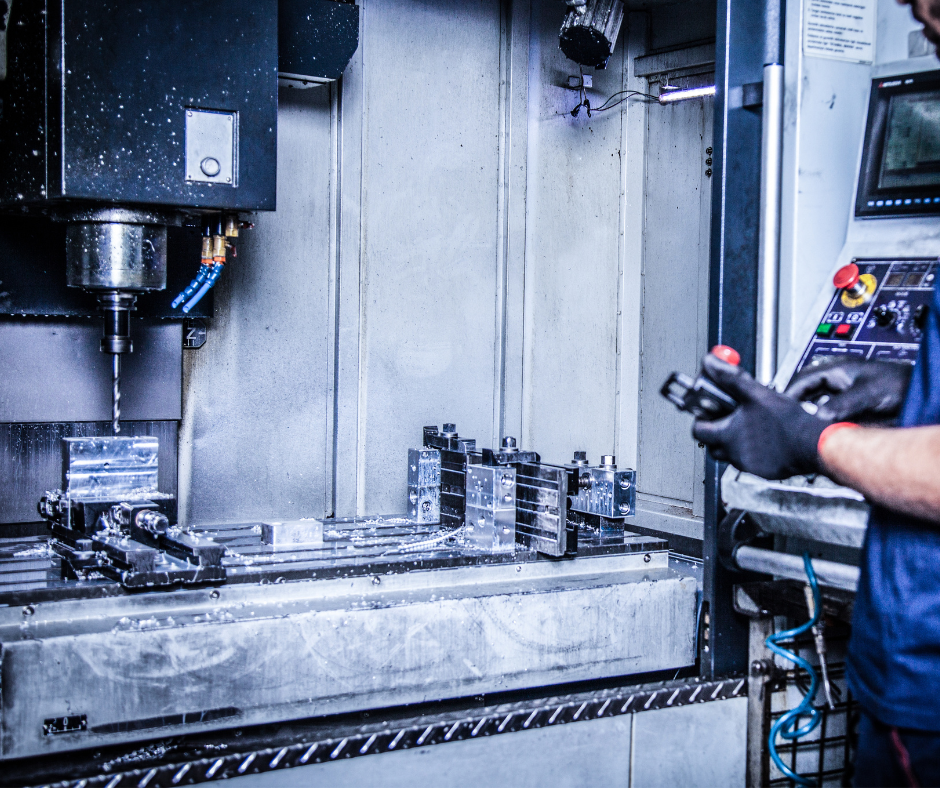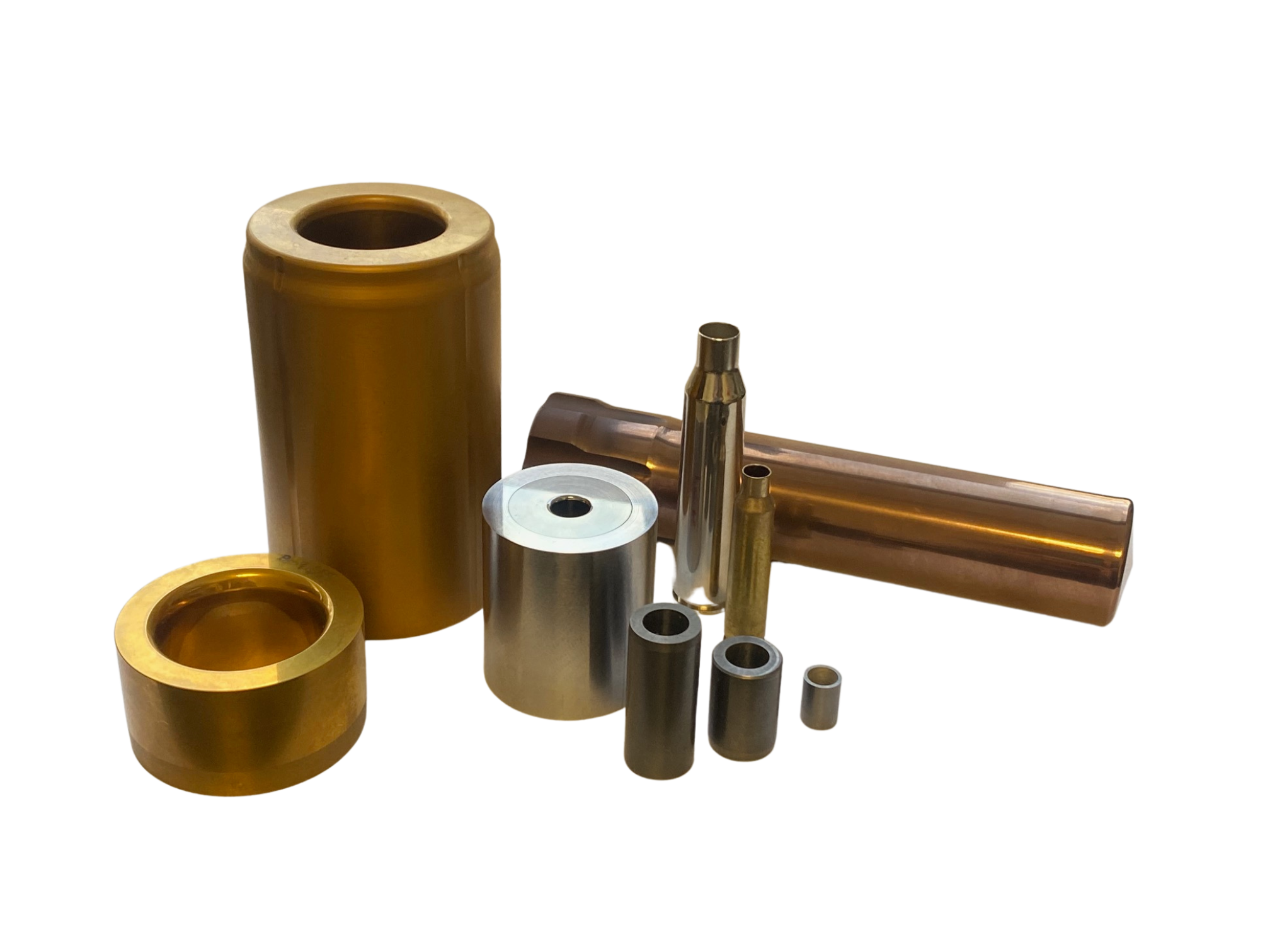
Carbide Dies are widely used in metal forming, wire drawing, and manufacturing processes due to their exceptional hardness, wear resistance, and ability to withstand high pressure. However, like all tooling, they’re not indestructible.
By understanding the most common carbide die failures and learning how to prevent them, you can extend tool life, reduce downtime, and protect your production quality.
1. Wear
How It Happens
Wear is the most frequent cause of carbide die failure. Even though carbide dies are highly resistant to abrasion, continuous use against hard materials gradually erodes the die’s working surface. Over time, wear increases clearances, reduces precision, and can lead to poor product quality.
How to Avoid It
- Proper lubrication: Use the correct type and quantity of lubricant to reduce friction and minimize surface damage.
- Material selection: Ensure the die grade of carbide matches the hardness and abrasiveness of the material.
- Regular inspection: Look out for early signs of wear and recondition the die before it reaches critical failure.
2. Chipping
How It Happens
Chipping occurs when small pieces of the carbide break off from the die surface. Improper handling, misalignment, or excessive shock loads can create tiny fractures in the carbide die that lead to chipping.
How to Avoid It
- Handle with care: Store dies properly and avoid dropping or knocking them against hard surfaces.
- Ensure proper alignment: Misaligned tooling causes uneven stress on the die, increasing the chance of chipping.
- Use correct press settings: Avoid excessive loads or sudden impacts that exceed the die’s capacity.
3. Cracking & Breakage
How It Happens
Severe stress, thermal shock, or improper installation can cause carbide dies to crack or break. Once cracks develop, the die becomes unsafe and must be replaced immediately.
How to Avoid It
- Control temperature changes: Avoid exposing dies to sudden temperature fluctuations that create thermal stress.
- Install properly: Use correct fits and mounting techniques to prevent stress concentrations.
- Monitor operating conditions: Stay within the recommended speed and pressure limits for your specific die type.
Best Practices for Carbide Die Maintenance
Regular care and preventive maintenance are essential for maximizing the lifespan of a carbide die. Consider these proven strategies:
- Clean routinely to remove debris, buildup, and corrosion.
- Inspect on a schedule to identify early wear, chips, or cracks.
- Recondition promptly—grinding or polishing restores geometry and finish before major damage develops.
- Store properly in padded containers to prevent accidental damage during handling.
- Train operators on correct use and care of carbide dies to reduce misuse-related failures.
Stop Failures Before They Start
We deliver outstanding performance in demanding manufacturing environments, but even the toughest materials can fail when subjected to improper use or neglect. When you recognize common failures and follow best practices for handling and maintenance—you can significantly extend die life, improve production quality, and reduce downtime.
Investing in a quality carbide die is only the first step! Proper care, alignment, and regular inspection ensure that your tooling continues to perform at its peak, protecting both your process and your bottom line.
👉 For reliable, long-lasting solutions, contact us today to discuss custom carbide dies built for your toughest applications.



